Letters in Focus: University Challenged
Tags: Bodleian Resources, History of Scholarship, Latrines, Letters in Focus, Students, Union Catalogue, Universities
Following in the footsteps of a host of EMLO correspondents, students and lecturers the world over are currently acclimatizing themselves to a new academic year. With a plethora of challenges and possibilities beckoning, the beginning of university term is always exciting.
For many, it’s a period of upheaval, of relocation from one place to another, and of settling in, usually without home comforts, as Johann Freinshem reveals in a letter of 1642 to G. J. Vossius when he asks, for fear his baggage be detained, whether he might extract ‘books and furniture for his private use, which he understands other students have done’. Even the journey to the seat of learning itself is not without risk and a Danish student, Johann Wandalin, recounts to William Sancroft his misfortune as all his possessions were lost at sea en route to England.
This is a time when academics worry about funding, fees, and maintenance costs, and, like Polyander, might even fret over money promised for Hungarian students which has not arrived. Whilst some seek extra work to make ends meet, just as the Reverend William Stonestreet tells of a young student desperate for employment to help ‘eke out his subsistence’, others might go up in the world and take possession of bigger and more comfortable digs; we read of Francis Heardson, who in 1668 became a fellow of Emmanuel College, Cambridge, transferring from a student chamber to something significantly more commodious, describing ‘its advantages and the furniture which is in it’. Year after year at this particular moment, lecturers face a mountain of preparatory work and it’s no surprise to find Henry Dodwell advising on a forthcoming course in ecclesiastical history.
There are rocks to be navigated and opportunities which should not be squandered. Jacques Philippe D’Orville laments how certain students succumb to poor work habits and stresses ‘the importance of attentive listening to Professors’ lectures; and attacks students’ prevalent vice of inattention in its various manifestations; as galling to the teachers and coming home to roost with students in wasted opportunities and backwardness.’ Everyone is aware of the brickbats the terms ahead might hurl, yet not everyone is faced with an incident as dramatic as the ‘student Mr. Bonython being seized with madness’ who set fire to his chambers, nor the fate that befell Francis Bayly, a poor unfortunate Christ Church student who, according to John Keill, on the day that George Smalridge was installed as Dean of Christ Church ‘fell into the house of office & was suffocated’ (there was apparently a strong tradition of untimely ends in the latrines of early modern Oxford; see Philip’s recent blog post Death in the Privy for another sad example).
Such is the beginning of term. With so much to remember, so much to explore, so much to learn, good luck to all concerned. We hope you find EMLO useful in your studies; and look out for those treacherous toilets…
Letters in Focus with Miranda Lewis
Miranda is editing metadata from the Bodleian card catalogue of correspondence for our union catalogue, Early Modern Letters Online. On a regular basis, she brings us hand-picked and contextualised records.

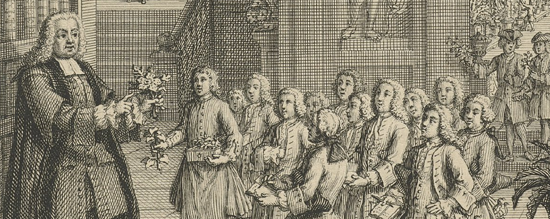


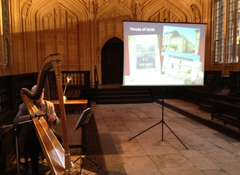
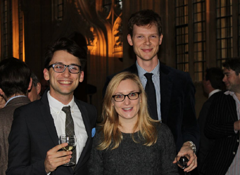
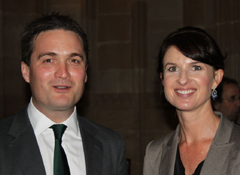

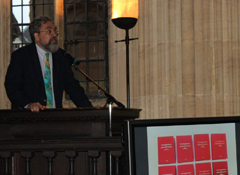

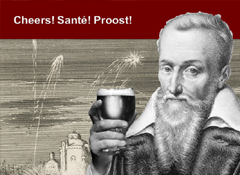

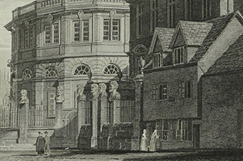
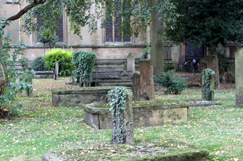
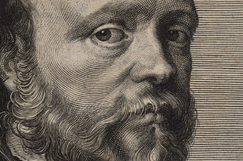
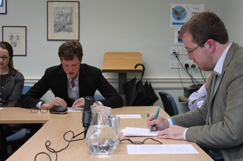

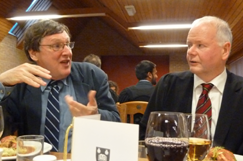
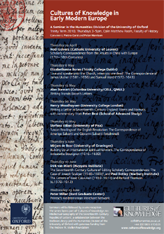
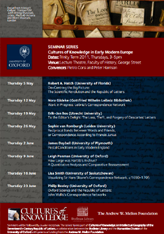
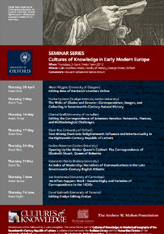
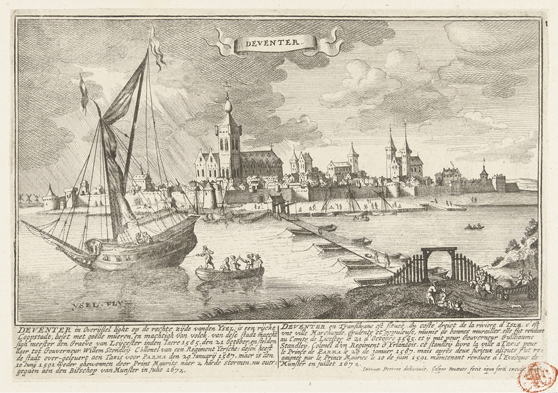 Much of the seventeenth century was blighted by conflict, and the Thirty Years’ War, which stretched the length and breadth of Europe, affected every aspect of life. The implications for educational institutions and resulting intellectual networks and traditions
Much of the seventeenth century was blighted by conflict, and the Thirty Years’ War, which stretched the length and breadth of Europe, affected every aspect of life. The implications for educational institutions and resulting intellectual networks and traditions 
 Join
Join 